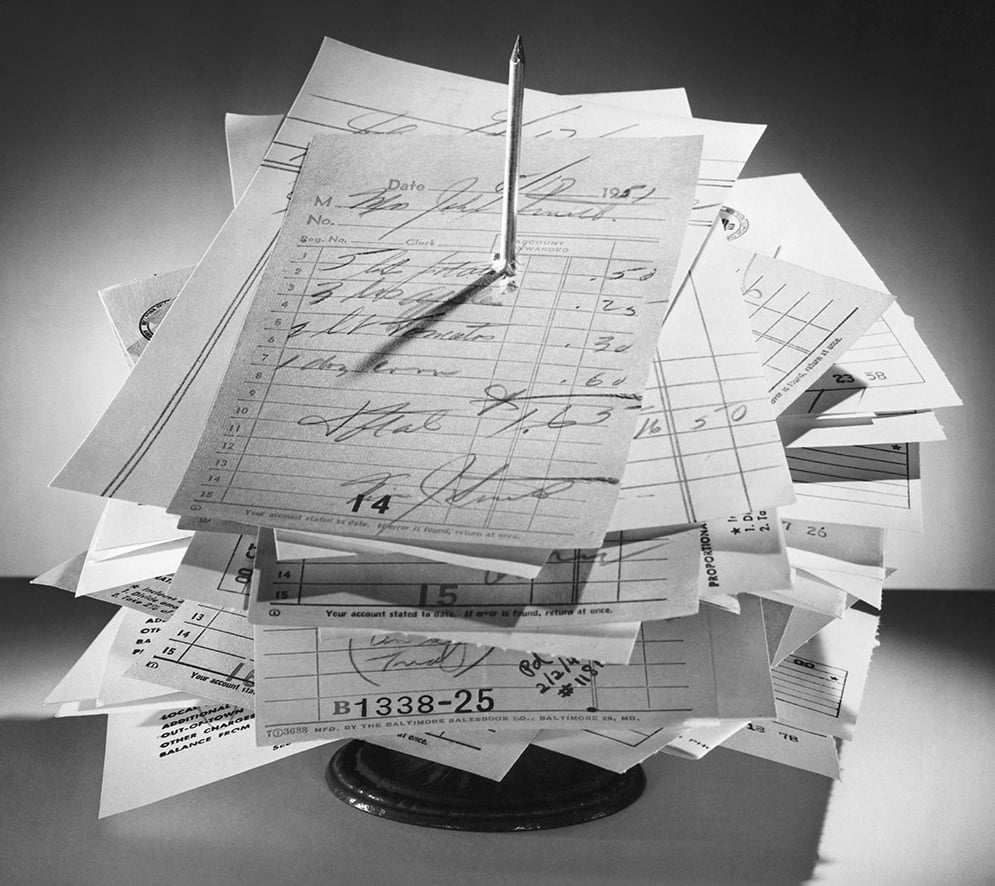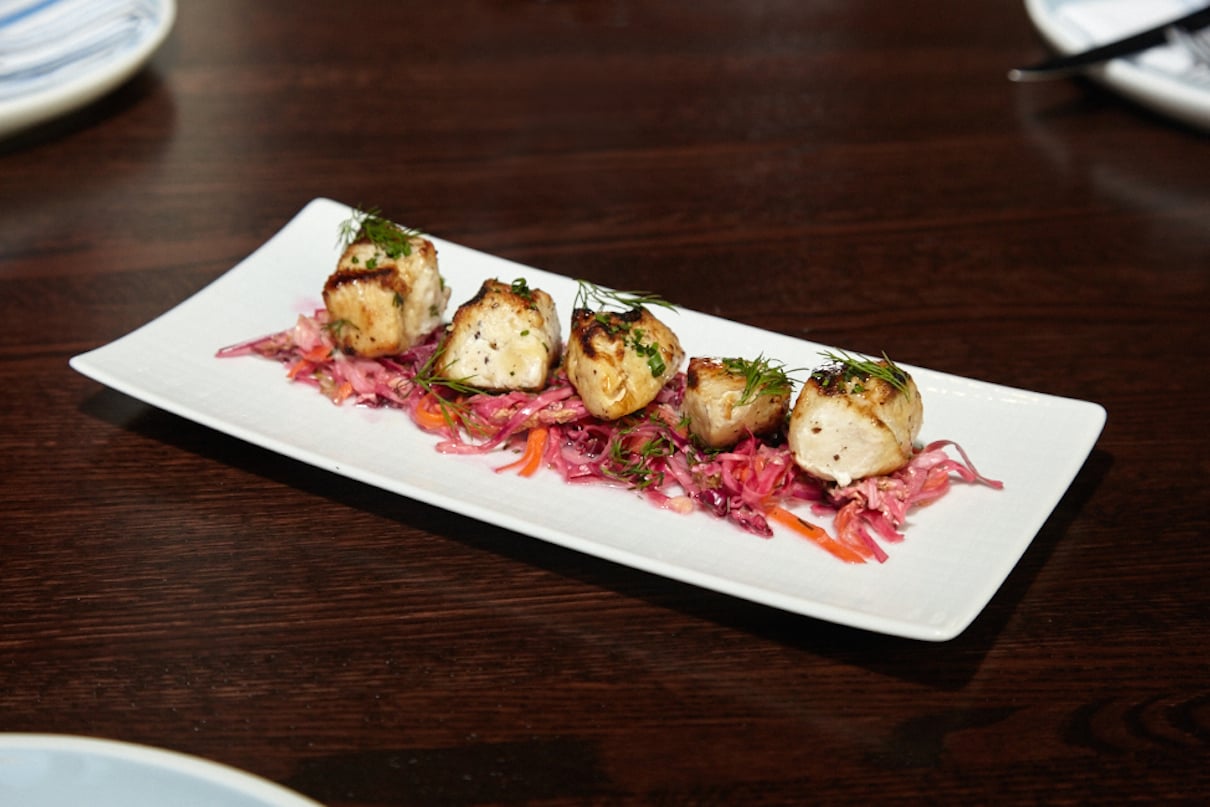
When it comes to wine, Maryland and Virginia are divided by more than the Potomac River.
For two decades, Virginia’s wine industry has thrived, buoyed by state support and private investment. Maryland’s handful of wineries were stymied by a state government that provided no agricultural research or marketing support and thwarted efforts by wineries to build a Maryland consumer base by distributing their own wines. While Virginia generated excitement, Maryland became known for unfulfilled potential.
That’s changing. Maryland’s wine industry has grown from a dozen wineries in 2000 to 35 today. Two newcomers, Black Ankle Vineyards and Sugarloaf Mountain Vineyard, are leading the charge. Not only are they producing good wines; they’re also changing the way wine is made in the state.
Kevin Atticks of the Maryland Wineries Association credits the two wineries with shaking up the state’s wine industry: “With Black Ankle and Sugarloaf, you’re seeing the future of local wine, with major investment and a comprehensive effort to learn all the skills it takes to be a winemaker and a brand manager. These wineries opened with great facilities and good wines.”
Older wineries in the state, Atticks says, “are feeling the pressure of the new guys and reinvesting to improve their equipment and facilities.”
As you drive up the winding lane to the newly opened Black Ankle Vineyards, near Mount Airy, you might notice that the vines are planted on steeper slopes than in most area vineyards. They’re also much closer together. Examine the tasting room—constructed of wood from the farm and insulated with bales of straw, with solar water heating and a “living roof” that captures rain. The building is a statement for sustainable farming and local products.
Black Ankle’s owners, Ed Boyce and Sarah O’Herron, are making a similar statement with their wines. Black Ankle is Maryland’s only “estate” winery, producing wines made entirely from grapes grown in their own vineyards. It also was one of the first to select its land with winemaking in mind—most other Maryland wineries started as farms growing other crops.
Boyce and O’Herron planted nearly 1,900 vines per acre—the way vineyards are planted in Bordeaux—instead of the typical 800, defying the conventional wisdom that the Mid-Atlantic’s humidity requires vines to be planted far apart to promote air flow. Even with more vines per acre, they’ve purposely kept yields low—through aggressive pruning and “green harvesting,” or culling unwanted bunches midway through the summer—to concentrate flavors and increase quality. With these techniques, they average about 2½ tons of grapes per acre, compared with a typical yield of four tons an acre in more vigorous, widely spaced vineyards.
The couple, who live in Silver Spring and commute to the winery, abandoned careers as management consultants to big corporations before launching Black Ankle with their first plantings in 2003. They faced obstacles, including local zoning laws and even Homeland Security when their Italian wine press arrived in a shipment that triggered radiation scanners at Baltimore’s harbor. Then O’Herron gave birth to their fifth child the day before last year’s harvest began.
Naysayers blame the local climate—hot, humid, and rainy—for Maryland’s inability to make wines equal to California’s. O’Herron and Boyce decided to look not to California as their model but to Bordeaux, a region that faces some of the same climate challenges as the Mid-Atlantic.
“If the French spoke English or if we spoke French,” Boyce says, “we’d have been making great wine in Maryland for years.”
Black Ankle’s first releases are impressive. They include a white called “Bedlam,” from the superb 2007 vintage. A blend of Grüner Veltliner, Albariño, Viognier, Chardonnay, and Muscat, it follows no established recipe and tastes of flowering fruit trees, stone fruits, and melon. A red Bordeaux blend called “Crumbling Rock,” from 2006, is fantastic—an elegant wine with a beautiful purple color and dark-fruit flavors leading to a rich, smooth finish with soft tannins. At $35 and $40 a bottle, these wines make a statement in both quality and price that Maryland belongs on the winemaking map.
Sugarloaf Mountain Vineyard in Dickerson is enjoying similar success. Nestled at the foot of Sugarloaf Mountain, it’s Montgomery County’s only vineyard, its first vines planted in 2002. Sugarloaf also uses dense planting on its 14 acres of vines, relying heavily on clones popular in Bordeaux. Winemaker Carl DiManno, who studied the craft at the University of California at Davis, says the challenges of Maryland are more complicated than those of California.
“My peers in California think I’m crazy to grow grapes here,” he says. “Black rot, downy mildew, Japanese beetles, grapevine root borer, grape-berry moth—those don’t exist out there.”
Sugarloaf, unlike Black Ankle, buys grapes from elsewhere (California in this case), but DiManno says he prefers to work with the fruit he grows and hopes to use it exclusively once new vineyards begin producing.
Based on my tasting of the 2007 reds in barrel, Sugarloaf should have no trouble producing outstanding estate wines. From this ideal vintage, DiManno produced exceptional Petit Verdot and Merlot that will reward extended barrel aging. Cabernet Sauvignon and Cabernet Franc are excellent, with lively fruit and good structure.
In the bottle, my favorite Sugarloaf wine is the 2006 “Comus” ($21), a Bordeaux-style blend offering medium color and body as well as ripe, juicy flavors without the unripe green characteristics that bedevil so many East Coast wines.
The finesse of these Maryland wines is remarkable considering the relative youth of the operations. Black Ankle and Sugarloaf are winning converts. “For a couple of years,” Atticks recalls, “Ed Boyce and the owners of Sugarloaf were coming to our meetings and offering advice, and the other winemakers were looking at them and saying, ‘Who are these people?’ ”
No longer. Newcomers looking to open wineries are turning to them for advice. And any talk of Maryland wine now begins with Black Ankle and Sugarloaf.
This article appeared in the August, 2008 issue of The Washingtonian.
















